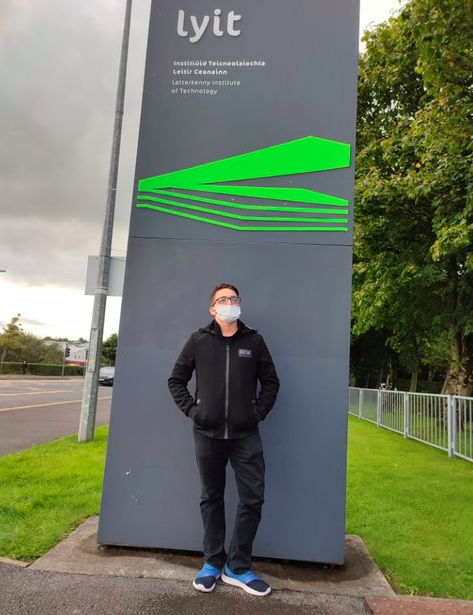Collecting, cleaning, assembling. Are you interested in the world of data? Popularity of data analysis, data science, and data engineering courses is on the rise globally! Student Ambassador Hamza from Pakistan shares information about his Data Analytics course at Letterkenny Institute of Technology
Why do a Masters in Big Data at LYIT?
A picture speaks a thousand words but what about data? Well, it does more than that. Data allows you to take a deep dive into the history and upon careful inspection, it unravels patterns unknown before. Meticulously collecting, cleaning and assembling data even allows taking a peek at the future. This all is possible with the magic of data science.
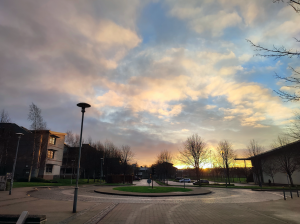
A glimpse of LYIT campus (photo: Hamza)
Data Analysis, Data Science and Data Engineering are highly in-demand skills right now in the world. Organisations have been collecting user data for decades and now it’s time to extract insights from it. The field of data welcomes people from every background because a data analyst needs both technical and analytical skills. Even without a programming background, a person can enter the field of data and land a job upon graduation where real-world problems are solved to make the world a better place one dataset at a time.
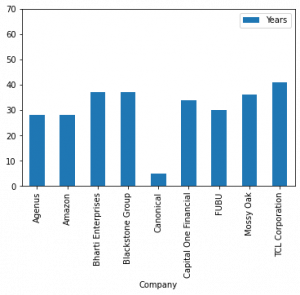
A simple visualisation to show ages of company CEOs (photo: Hamza)
I chose Letterkenny Institute of Technology(LYIT) to pursue my Master’s degree in Big Data Analytics because of the courses they offer. It is a one year masters degree with a blend of Business Intelligence, Machine Learning with a lot of Mathematics behind the scenes tagged along with technical projects upon real datasets that really prepares you for an actual job. Also, LYIT is one of the most affordable institutes for postgraduate studies with Letterkenny being really affordable for students and providing a friendly environment throughout the town.
Things you will learn in MSc. in Big Data Analytics at LYIT
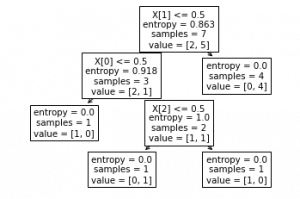
Decision Tree plot for sample data (photo: Hamza)
In the first semester, students are taught the basics of data, the steps for the transformation of data into useful knowledge and finally interconnecting it with the business questions to answer using results. The results are visualised in terms of charts and plots using the powerful libraries in the Python programming language. These visualisations answer business questions for the stakeholders.
The second semester is a bit more technical as students are taught to implement machine learning algorithms on the datasets and make predictions. The working and mathematics behind the algorithms are important for a data scientist to make a conscious choice of an algorithm upon analysing a new dataset and related business questions. Figures 2 and 3 would be the perfect summation of learning outcomes of the first two semesters.
The third semester takes it a level higher and prepares the student for a big data environment i.e. the architecture for big data which is unable to be processed by traditional software and personal computers. The working knowledge of big data architecture is crucial as the hardware is really expensive when it comes to hosting thousands of terabytes of data.
The textbook and practical knowledge accumulated in all three semesters are then used in the student’s thesis which is the final step of the master’s degree. A successful thesis would solve a real-world problem or pave the path for one.
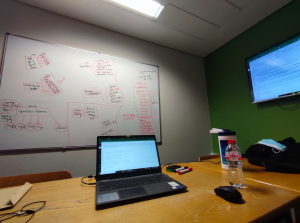
How we visualise data first (photo: Hamza)
So far, my time studying the MSc in Big Data Analytics has allowed me to learn to think analytically which is new to me. Also, it has given me some ideas on improving user experience by analysing data in my personal project. I highly recommend this degree if you are looking for a career in data science.
There are patterns everywhere, you just have to look.
Hamza is studying Big Data Analytics at Letterkenny Institute of Technology (Atlantic Technological University).

